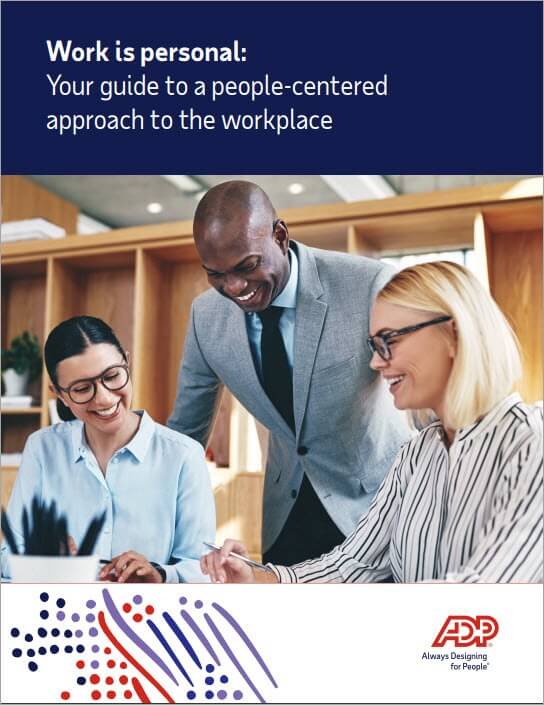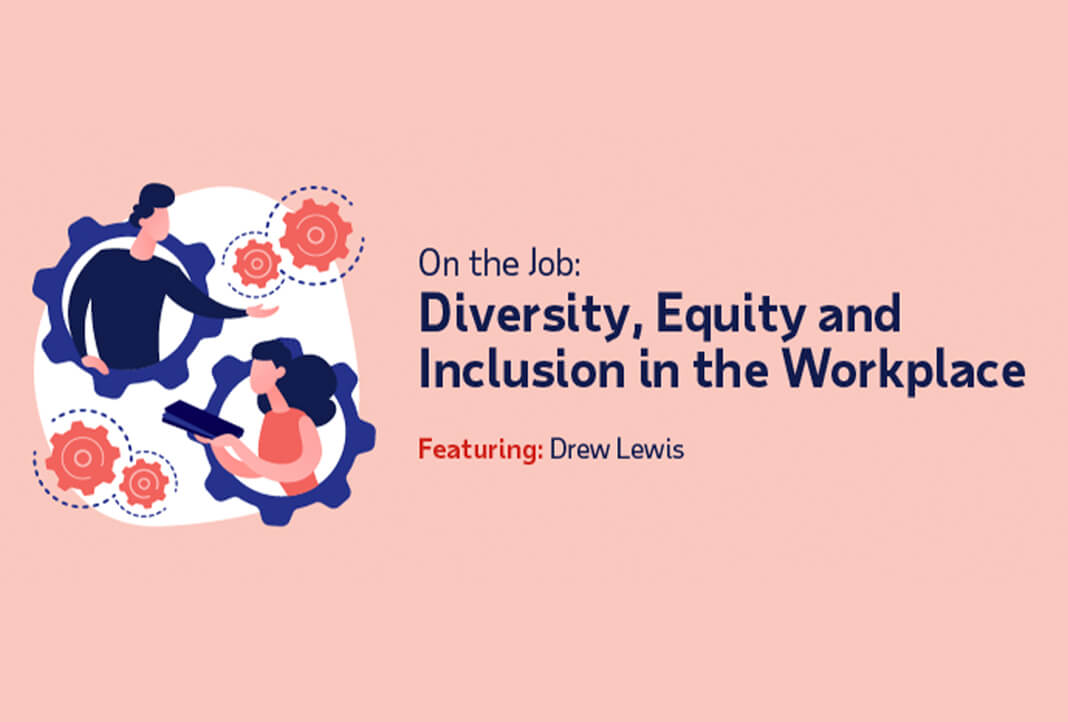by Spark Team
In this “On the Job” segment, Drew Lewis, VP Diversity and Talent at ADP, chats with Cheddar News about the value of data and the scientific method when implementing and measuring workplace diversity, equity and inclusion initiatives.
Diversity, equity and inclusion (DE&I) initiatives can lead to stronger workplace outcomes. But talking about DE&I — and bringing each area to life — are two different things.
Speaking with Cheddar News, Drew Lewis (DL), vice president, diversity and talent, ADP, says workplace diversity, equity and inclusion initiatives can benefit from data-driven insights and the scientific method.
Q: How can diverse, equitable and inclusive teams drive greater business value?
DL: I’m glad that you emphasized all three working together, because they go together. How they drive business value: One, you have more innovative teams. Two, it helps drive your brand as well, greater profitability, and some would ask, “Why greater profitability?” When you think about all three going together, when you have diverse teams, the histogram, who are in what various areas and are they treated equitably, are they included, we know that teams are more engaged and more productive, which leads to better profitability. That’s how I talk about those three together driving more business value. What we’re finding, particularly with Generation Z and younger millennials, is that when they’re interviewing, they’re asking, “What is your DE&I strategy?” So, they’re making decisions about where they choose to work based on the strategy of the firms they’re talking to.
Q: Break down the relationship between diversity and inclusion and why the two terms are not interchangeable.
DL: Diversity is about the histogram, how many people you have in each bucket across underrepresented groups, women, gender, sexual orientation, et cetera. But inclusion is around: What environment are you creating where people can bring their authentic selves to work and feel great about being attached to your organization? We did some work through the ADP Research Institute®, where we looked to measure engagement, measure inclusion, and we broke it into these two buckets: those that are strongly connected versus not connected. And the multiples are great: twelve, 15 and even 20 times for some of these areas about how individuals that are strongly connected versus not connected feel about the organization, which then drives things like retention, productivity and engagement, which we all know have a real impact on the bottom line.
Q: Where do the organizations start when creating their action plans for supporting DE&I in the workplace?
DL: You have to consider that one size does not fit all. Things like demographics, industry, current culture and size, just to understand where the organization is starting. Once you have a good feel for that, it comes down to the data, understanding where you are and then bouncing that data against the hypotheses you formed based on understanding where you are. And I always want to remind folks: Behind each data point is a person.
When you’re talking about culture, it’s not just the data, so you always have to keep the heart of the matter in mind. At ADP, we look at it from, what we call, the scientific method, where you develop the hypothesis, test your hypothesis with the data, and, depending on whether that data substantiates or refutes your original hypothesis, you either adjust on the fly or plow forward based on your findings. That’s the starting point. As an example, we had a hypothesis that we needed to address our hiring in the Black and Latino communities. What we found is we were doing a decent job at hiring, but we needed to address that at the higher ranks of the company, so we created a talent task force to address that. I’m happy to say that we’re making some good progress on that so far. But it started with the scientific method by looking at the data first.
Q: What do you think will be the key drivers of workplace culture in the future?
DL: Here’s a shameless plug on my side: I have the pleasure of serving our business resource group (BRG) community. Many companies have either BRGs or employee resource groups (ERGs). And these are groups that focus on driving culture and inclusion across various areas. We have an African American group; we have a Latino group; we have a women’s group, LBGTQ+, veterans, et cetera. We have 10 different groups, and they are responsible for driving and engaging employees in those various communities. They are, I call them, the harbingers of inclusion and culture here at ADP. The other part that is as important or more important is that leaders drive the message and create environments where teams, individuals, can feel authentic in bringing their authentic selves to work.
Learn More
In the post-pandemic world of work, the organizations that prioritize people first will rise to the top. Find out how to make HR more personalized to adapt to today’s changing talent landscape.

Get our guide: Work is personal.
This article originally appeared on SPARK powered by ADP.



